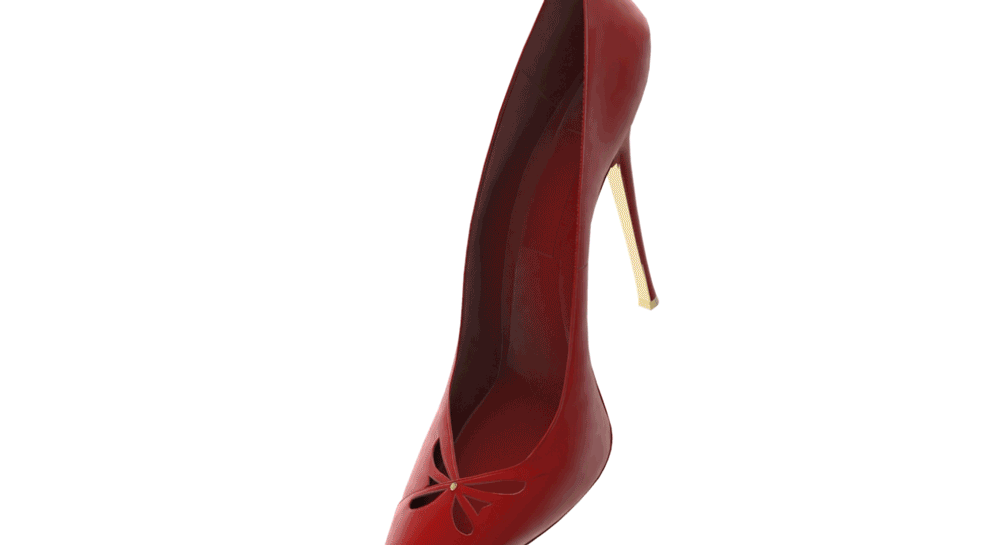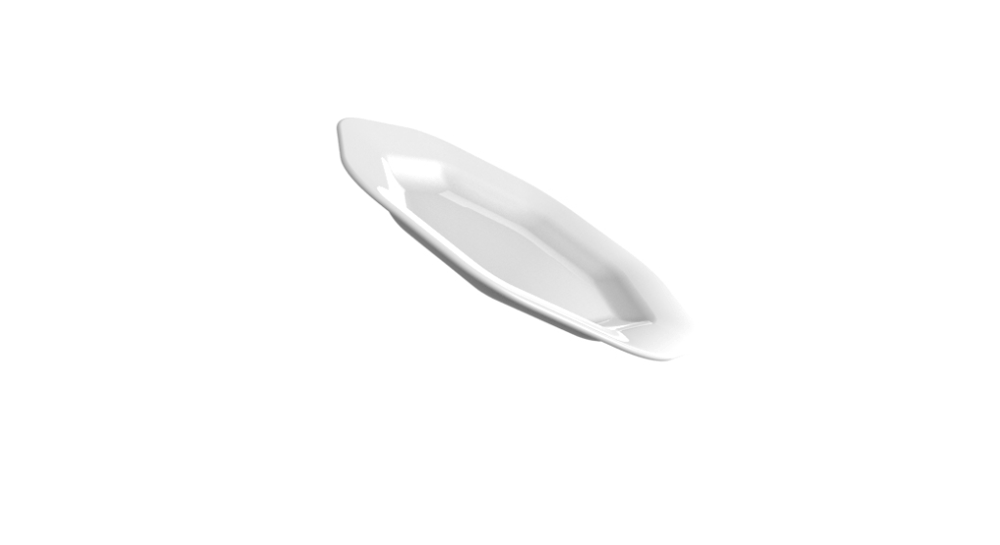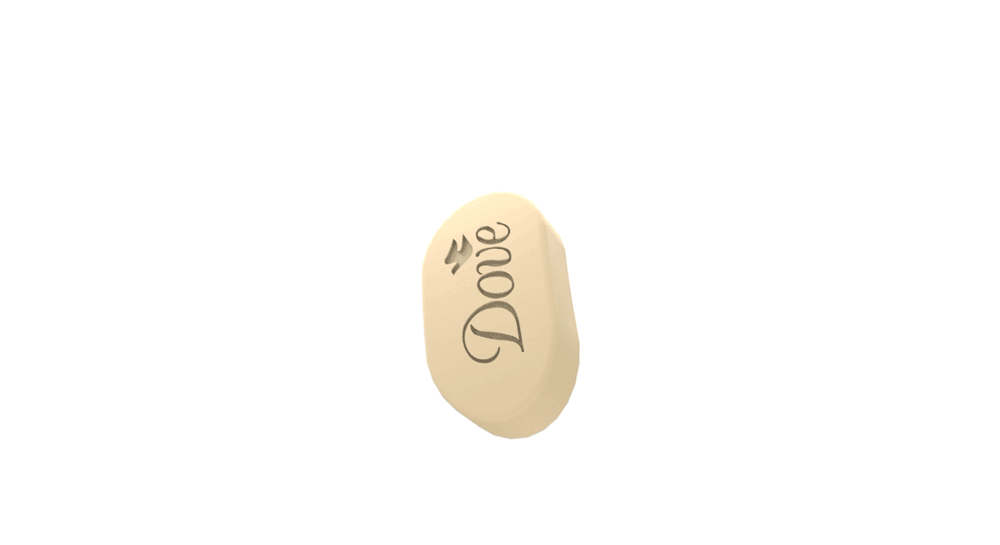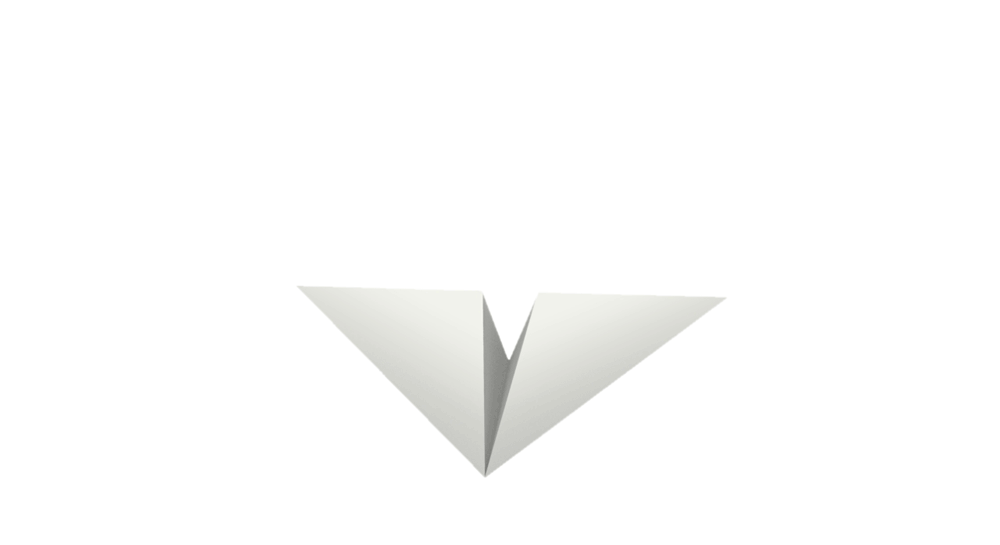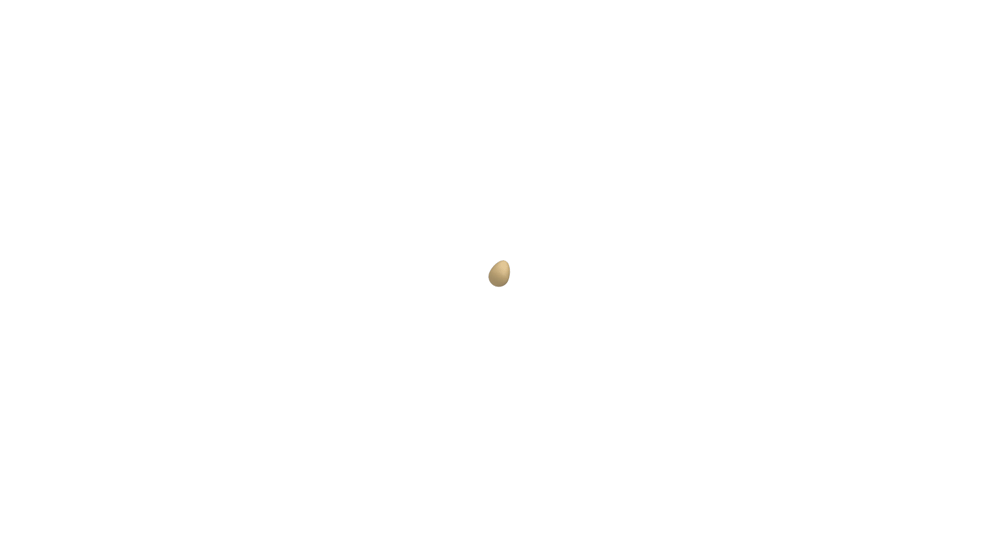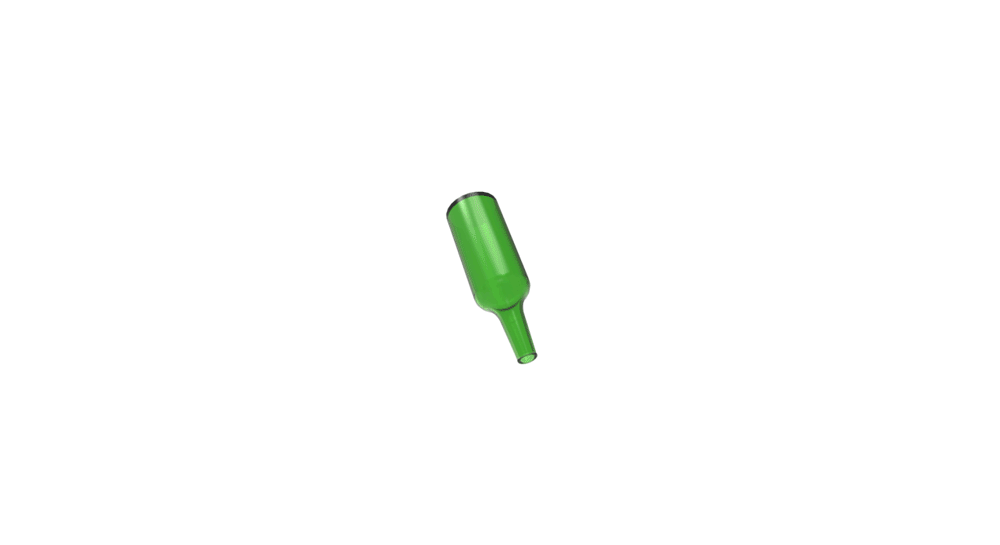
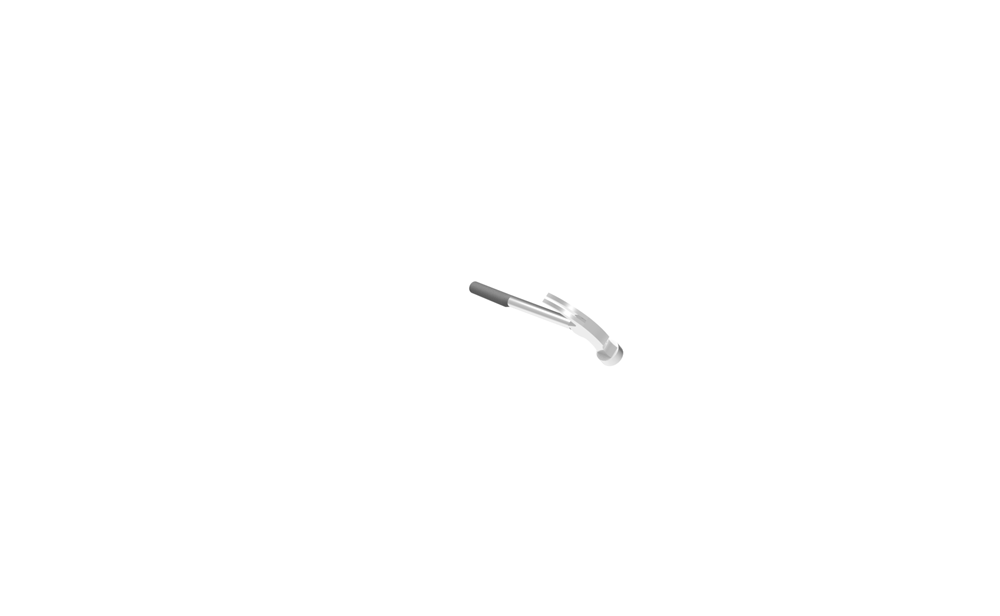
Compare to those offline pieces, an online piece of work obscures location and direction in physical space. We can put a bronze sculpture in the living room, or hang an oil painting on the south-facing wall. But how can we locate an online piece? It can not be located because it is actually everywhere. It can be showed on any screen near you. We can not predict it’s direction. It is not facing north, south or any other geographical position, but you, but every face illuminated by a monitor in the dark. You are the only direction. Cause you are the one who open a browser window, who unlock a cellphone screen, who press a power switch to turn on a laptop.
In this piece, I try to bring a kind of motion, which is perpendicular to the screen and rushing into your face, into my work. I spent time taking my pick of virtual objects available from Google 3D Warehouse and got seven objects which can be easily held in hands and throw away: a hammer, an egg, an empty bottle, a paper plane, a Dove soap bar, a porcelain plate and a high heel pump. The image of throwing different objects describes different scenes. As you can image, the one who throw a porcelain plate to crush your head, is unlikely to be the same woman who throw her high heels to you.
与线下的作品不同,线上的作品模糊了物理空间中的位置和方向。我们可以把一件青铜雕塑放在会客室,也可以把一幅油画挂在朝南的墙面上。一件在线的作品呢?它无法被放置在哪,因为它无所不在。它可以出现在你身边的任何的显示器上。人们也无法预测它的朝向是东、南、西还是北。它永恒的朝向不是任何的地理方位,而是你,是每一张在黑暗中被某个屏幕照亮的脸。它只面对你。因为你是打开浏览器的人,你是解锁手机屏幕的人,你是按下电脑开机键的人。
在这件作品里,我想尝试这种垂直于屏幕,直接冲向你的脸的运动方式。我在谷歌的3D模型库里挑选了七件适于手握与丢掷的物件:锤子、鸡蛋、空酒瓶、纸飞机、肥皂、盘子和高跟鞋。抛掷物件不同,所创造的情境也会不同。会拿瓷盘砸你和拿高跟鞋扔你的,应该不会是同一个女人。
